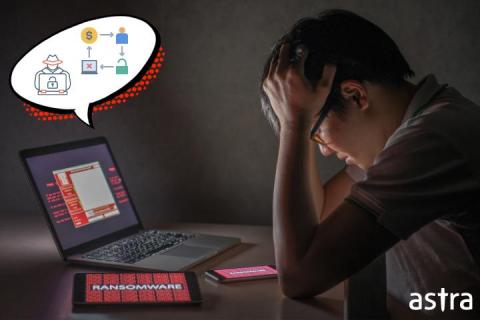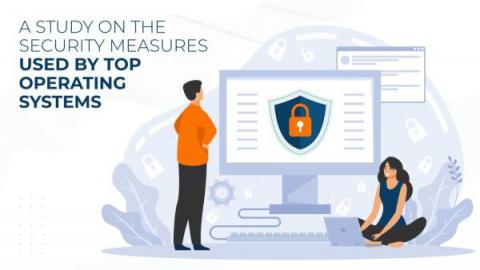In this video, I'll be taking you on a chilling journey through the inner workings of the dark net's cybercrime underworld. I'll show you how easy it is to buy a compromised server, purchase ransomware-as-a-service components, and install an Xbox kit to deploy the attack with friends. But the real eye-opener is the endgame: turning the stolen Bitcoin into cash. I'll reveal how Tumblr services on the dark net are used to launder money, and how traditional criminals use Doctrine to convert it into physical cash. Join me as I guide you step-by-step through this one-stop-shop for cybercrime, and expose the alarming ease with which it can all be accomplished. - Oliver Rochford










